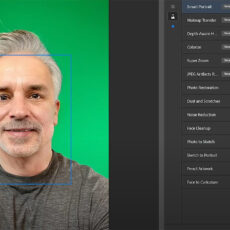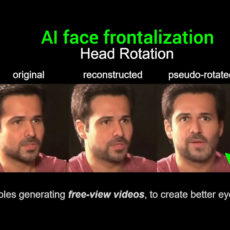
Researchers from the University of Maryland have developed a method that uses a NeRF AI neural network capable of reconstructing 3D images from eye reflections. This is possible by using a high-resolution camera to capture multiple images in a fixed position, focused on an individual in motion looking towards the camera.
When zooming in on this passport or driver’s license-sized image, a reflection should be visible in the person’s eye, with a mirror image as well as objects in the area identifiable. Removing the iris from the reflection required=s texture decomposition by the AI, which meant it had to be trained on a 2D texture map that learns its surface before it can remove it.
- Experience total immersion with 3D positional audio, hand tracking and easy-to-use controllers working together to make virtual worlds feel real.
- Explore an expanding universe of over 500 titles across gaming, fitness, social/multiplayer and entertainment, including exclusive releases and...
- Enjoy fast, smooth gameplay and immersive graphics as high-speed action unfolds around you with a fast processor and immersive graphics.


We further propose a simple regularization prior on the iris texture pattern to improve reconstruction quality. Through various experiments on synthetic and real-world captures featuring people with varied eye colors, we demonstrate the feasibility of our approach to recover 3D scenes using eye reflections,” said the researchers.




